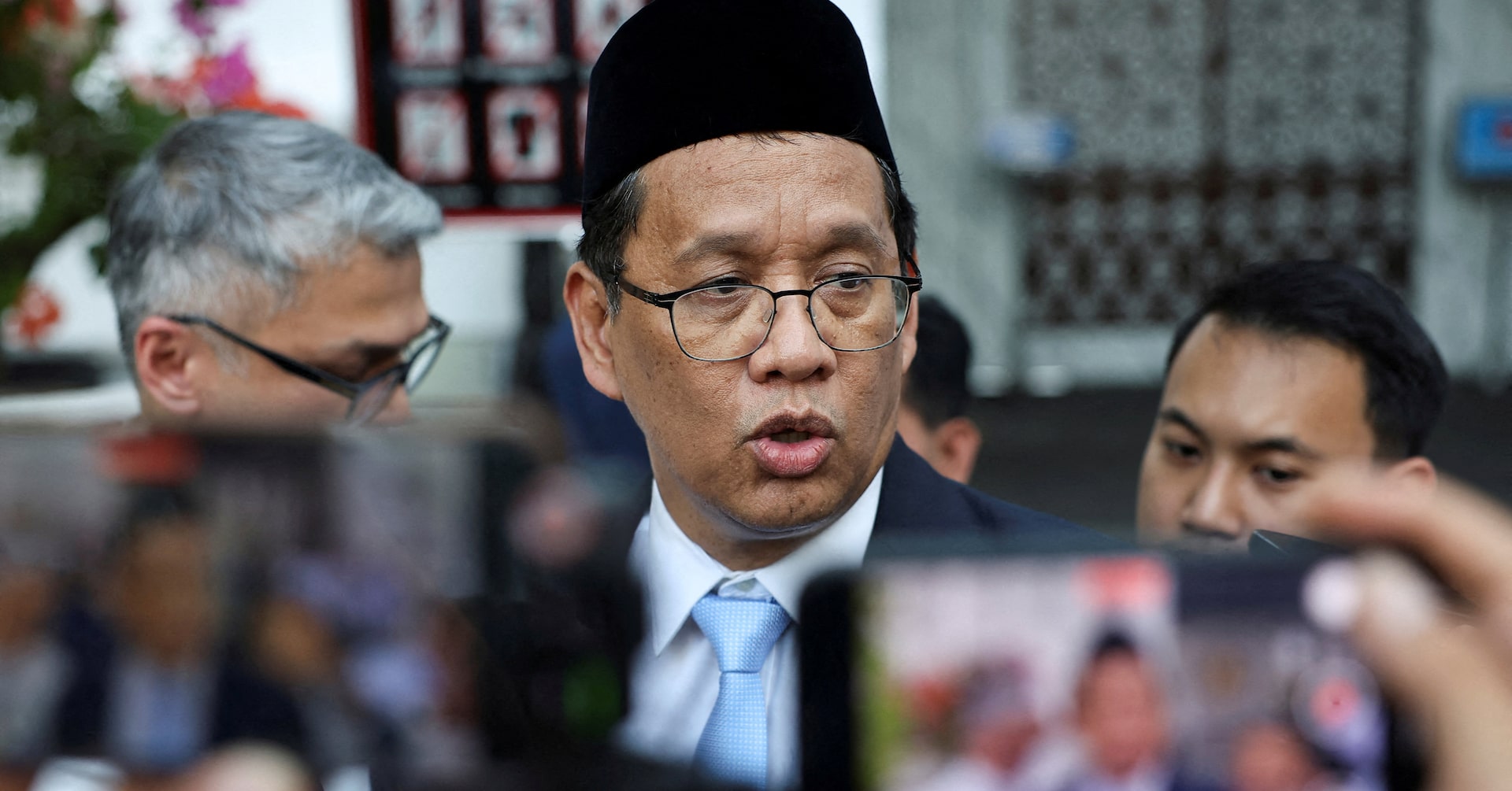Jakarta's Bold Move: Banks Ordered to Unleash Liquidity Lifeline for Economic Revival

Indonesia's state-controlled banks have been directed to deploy a substantial 200 trillion rupiah ($12.2 billion) in fresh government funding specifically for lending purposes, with a clear mandate to avoid using these resources for bond purchases. Finance Minister Purbaya Yudhi Sadewa announced this strategic directive on Friday, highlighting the government's proactive approach to stimulating credit growth in the nation's financial ecosystem.
The move signals a deliberate effort by Indonesian economic policymakers to channel capital directly into productive sectors, potentially boosting economic activity and supporting businesses that require financial support. By restricting banks from redirecting these funds into bond markets, the government aims to ensure that the money serves its primary intended purpose of fueling economic expansion and supporting real-sector investments.
This targeted financial intervention underscores the government's commitment to maintaining robust economic momentum and providing critical support to businesses and industries still recovering from recent economic challenges. The directive represents a strategic mechanism to enhance credit accessibility and promote more dynamic economic growth across various sectors of the Indonesian economy.








